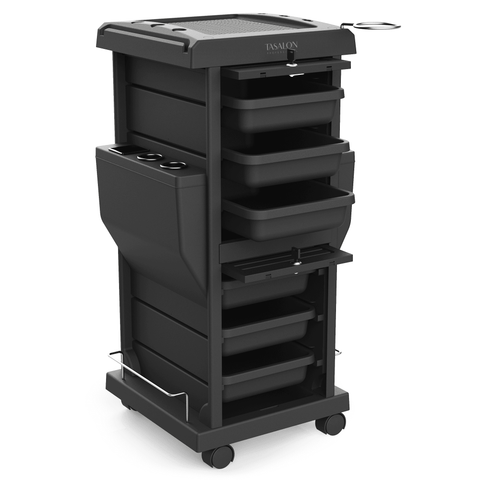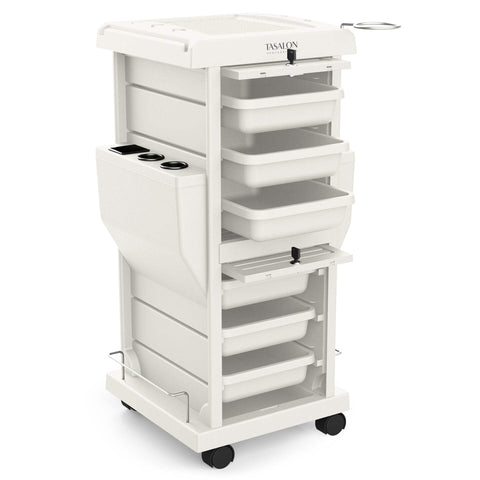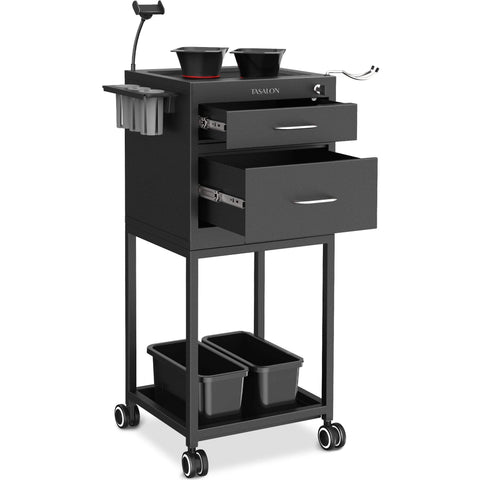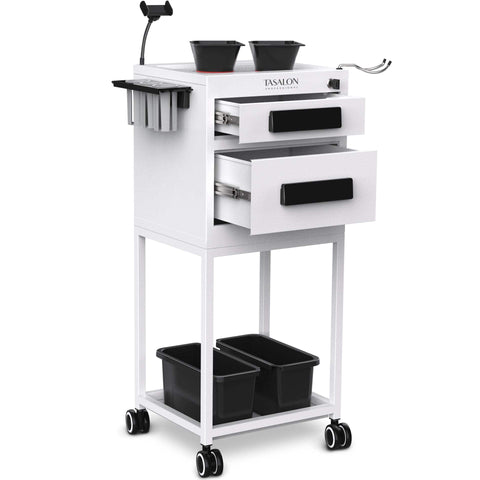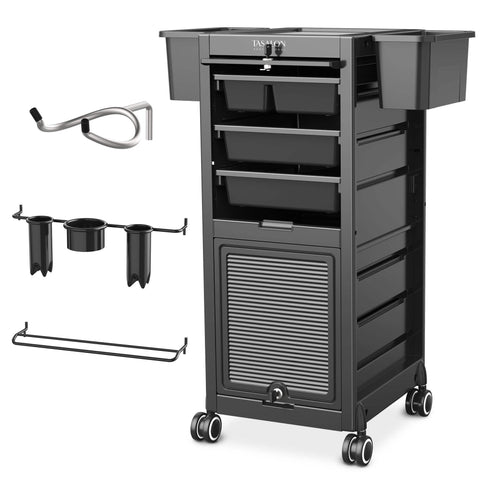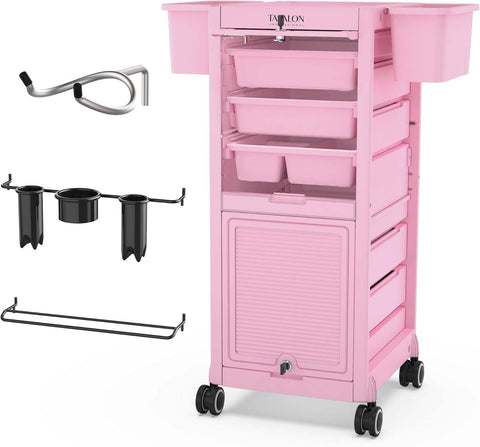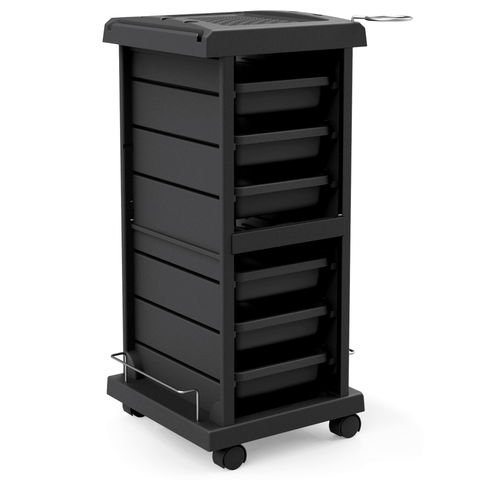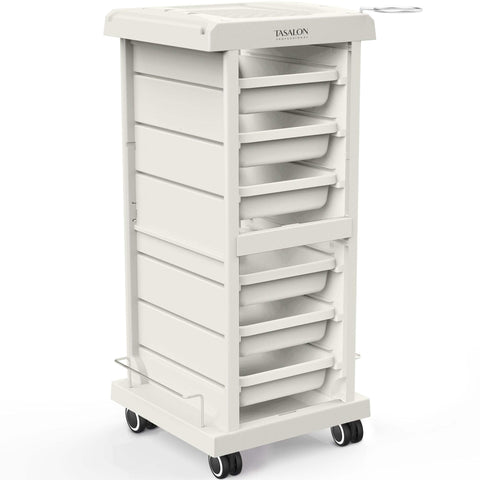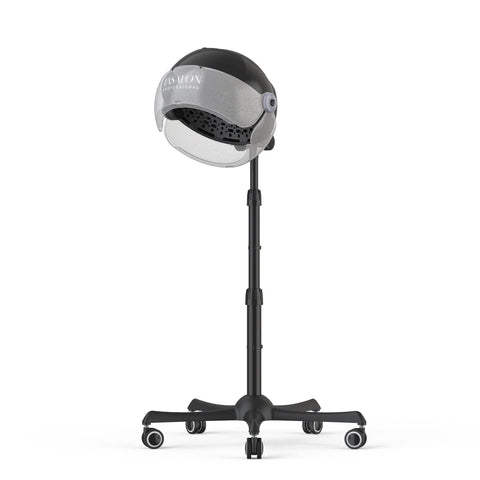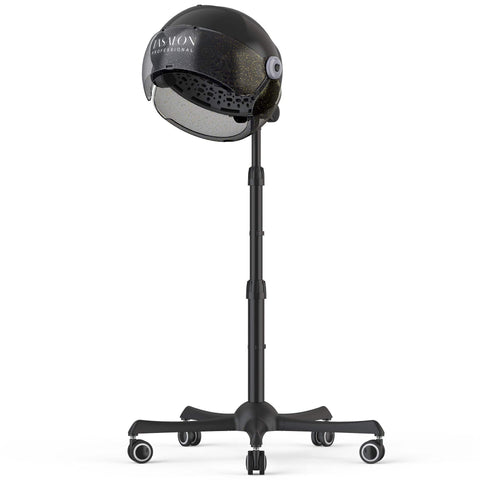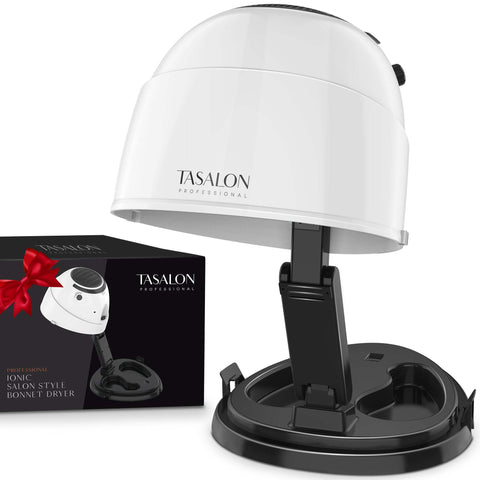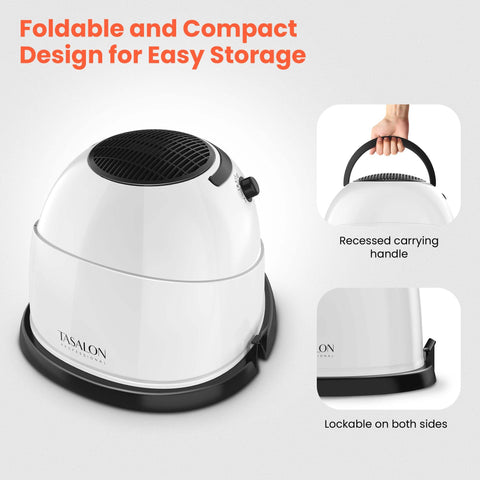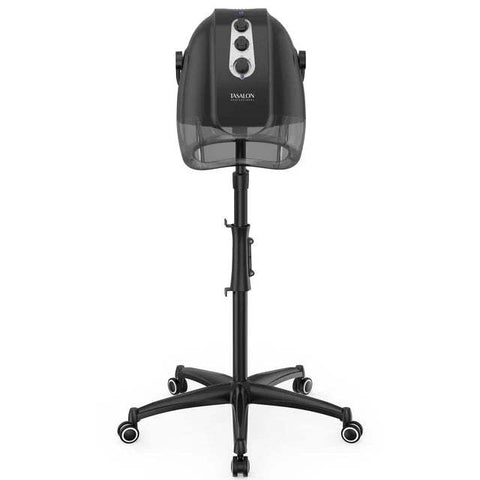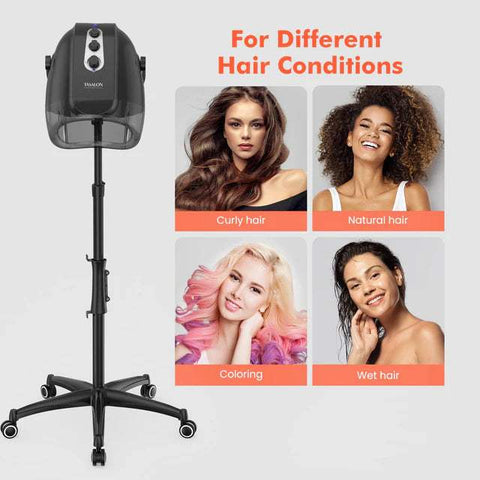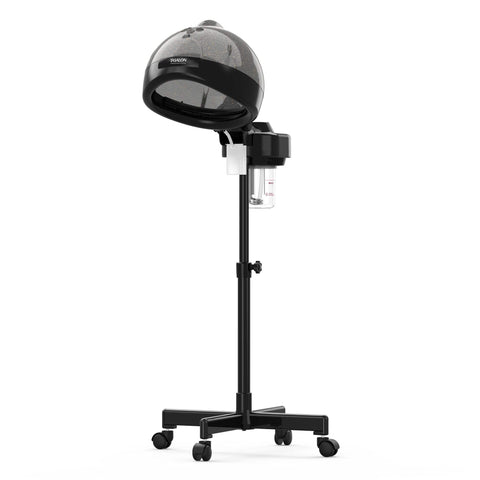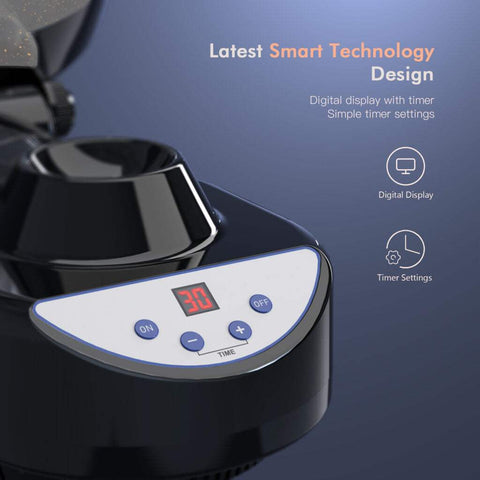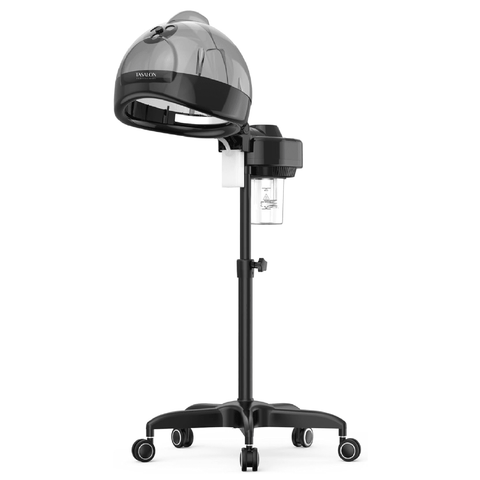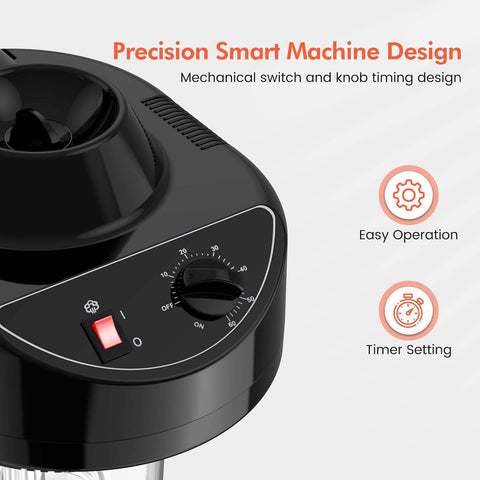Professional knowledge of haircut?
(1) zoning line: before haircut, the hair is divided into several areas to reduce the trimming space in order to achieve the accuracy of trimming (see below). (2) the dividing line: the hair piece is subdivided in the separated area to form a level that can be accurately trimmed.
Haircut basic knowledge Angle is the angle formed by the tangent of the hair piece raised by any position of the head through this point. The relationship between the basic knowledge of hairdressing and the level of hairstyle is represented by coordinates on the head of the curve, which determines the level of the haircut.
Beginner to learn the basic knowledge of haircut, hairstyle basic point know the correct location and name of the point, can correctly connect the zoning line.
Datum point: central datum point, top datum point, golden datum point, back neck datum point. These points constitute the basic framework of the hairstyle hierarchical structure. If you can accurately grasp the position of the point and understand the role of each point in the hairstyle, you can play as much as you like.
Saw shearing: saw shearing is a technique of using serrated scissors to cut hair. The blade of the serrated scissors is serrated, the ends of the hair are uneven and the hair volume is reduced. Sawing shears are usually trimmed with the outline of the hair to make the whole hairstyle feel elegant.
Introduction to haircut knowledge and skills? The answer is as follows: the basic steps for a novice to learn a haircut include: proficiency in the use of tools (such as scissors, hairdryer, etc.), mastery of various shearing methods (such as cut, notch cut, flying cut, slipperm, etc.), and learning to perm. This is only the most basic step for a novice.
What tools do you need to buy in advance if you want to learn how to get a haircut?
1, their own haircut tools: boys: electric pusher, scissors, barber caliper, barber cloth, mirror. Girls: scissors, barber caliper, barber cloth, mirror, hairdryer, curling stick, straight clip.
2. Flat cut: a haircut that is often used to cut short hair manually. Tooth scissors: a manual haircut used for thinning. Electric push scissors: electric haircut, fast haircut, mainly used to cut male hair, it is best to have a flat head. Hair dryer: dry wet hair for styling.
3, flat scissors: tungsten steel haircut scissors the above three tools can cut your own hair, if you want to be professional, please add the following tools: tooth scissors: serrated scissors, also known as brush scissors. Can improve the speed of haircut chop comb: women comb flowers to use a copy comb: for long hair, with tooth shears: small pointed scissors that specialize in thinning and thicker hair.
4. If you want to shave your head, you only need to prepare simple tools. The required tools are: haircut cloth. Household electric razor. A mirror.
5. First of all, let's introduce the tools we need. Only with diamond can we do porcelain work. From left to right are: electric razor (push scissors), razor (razor), limit comb, haircut, haircomb, hairpin. Of course, there must be a big mirror to wet your hair before you do it.
6, the brand is on the one hand, but also to choose a variety of certification qualifications of the hair clipper, such as the national 3C compulsory certification, appearance patents, a variety of safety test certification, which is the guarantee of safety and quality.
Should hair care and maintenance be done before or after dyeing and perming? How exactly should we do it?
In addition, the heat of the hair dryer will also accelerate pigment shedding, so be sure to apply some hair accessories containing hair care ingredients before the hair dryer, in order to maintain the pigment in the hair heart to make it stable.
In fact, perm and hair dyeing should be avoided at the same time, which not only affects the perm effect, but also affects the color persistence of hair dyeing. Dyeing your hair, like a perm, does great damage to your hair. You need to go to the hair salon regularly to do professional baking oil care, preferably twice a month, so that your hair can stay healthy.
It is best to take care of yourself before scalding and after scalding. Which means you have to do it before and after. After the perm care, you should also put on the conditioner, because the conditioner plays a role in closing the hair scales. Many stores think that they don't need conditioner for care after perming.
Professional knowledge of hairdressing
1, hair color professional knowledge (1) dominant color (first-class color): red, yellow and blue are three basic colors, any color is made up of these three main colors, and the three main colors add up to black.
2. The basic knowledge of hairdressing color is as follows: the technical term of hair color is as follows: the darker the color is, the smaller the color is, the lighter the color is, for example, the darker black color is 3 degrees, and the dark coffee color is 3-4 degrees. Coffee color 4-5 degrees, grandma gray and linen color 8-9 degrees.
3. Basic knowledge of hairdressing: trimming contours is the first step in hairdressing. Usually, the hair is combed smoothly, and then according to the requirements of the hairstyle, the hair is divided into regions, clamped with large hairpins, and then trimmed step by step. It usually starts from the back of the neck, cuts to the sides and the top of the head, and finally trims the hair on the forehead.
4, hairdressing professional knowledge ⒈ epidermis accounts for about 10%, it is the coat of hair, hair scales initiate protective effect on the head, can resist acid and alkali, resistance to pulling, but not resistant to scraping, alkaline injury will cause scales to fall off, making hair produce porous damage. The rough luster of the hair depends on this layer.
5. Professional barbers should have certain "professional" knowledge: (1) A brief history of hairdressing development; (2) knowledge of service and technical management; (1) procedures and methods of hairdressing service reception. (2) the job responsibility of hairdressing, the requirements of service norms, various rules and regulations, service quality standards and technical management system. (3) basic knowledge of public relations.


